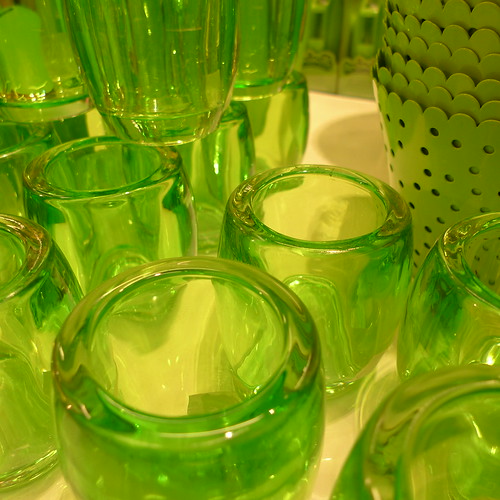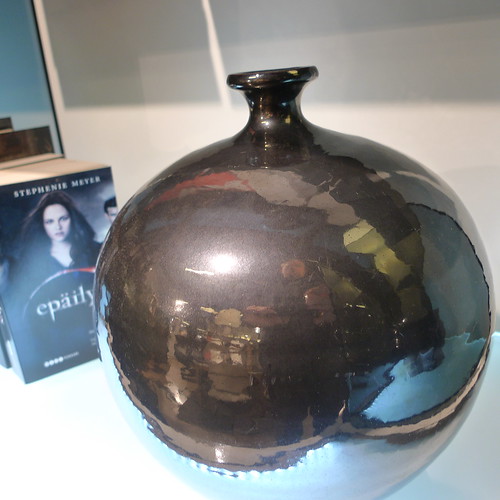I got a question on what kind of settings I'm using for my night photographs. Below are some answers. However, the photographs shown here are more or less the opposite: deliberate overexposure to get a light feeling.
I wrote down some questions and answers earlier, so this is a second installment in a series. Maybe I pick this up again at some point.
1) I don't like automatics, especially the so-called "intelligent auto" mode of the LX3. Basically, I like to be in control, and I don't like surprises.
Thus, I'm almost always using aperture priority. I have used manual mode a couple of times, but only because the maximum exposure is 8 seconds on the LX3, and with manual you get 60 seconds.
Why aperture? Some say aperture priority is pointless when using a small-sensor camera, but it isn't, especially when you take closeups. And I learned photography with cameras which had aperture priority: Canon Canonet QL 17 GIII and Minolta XG-1. Thus, this is the most natural approach to me. (Edit: I guess I was mistaken here, as it seems that the Canonet actually had shutter priority, not aperture. But the XG-1 definetely was aperture priority. And that was the first SLR I used, and also the first camera of my own.)
2) When taking long exposures, I most often use manual focusing. On the LX3, you see the DOF area graphically on the display, so it easy to set the desired focus area. Most often, I use hyperfocal.
However, there is a potential hiccup here, because if you use the zoom, you have to check whether DOF is still right. For this reason, when making the long exposures I usually set the zoom at 24 mm and leave it there.
3) I use a pocketable mini-tripod to set up the camera. If I haven't the mini-tripod with me, then one needs to find some other support. When there is snow, one can make a pile out of it and put a glove below the camera.
4) What else? Oh, I almost forgot: I set the ISO to 100 when doing the long exposures, as the noise tends to creep up. (However, see the next point.) And I have exposure compensation at + 1/3 EV, which I change when needed. This setting is because I often have light sources in the photograph which tend to fool the metering.
5) Also, do not fear underexposure. When it is dark, the photograph should show it. Thus, 8 seconds is usually enough with ISO 100 and f/2.0. However, sometimes it is so dark this just doesn't work. You find an example here where I used ISO 400.
6) I have also another set of settings where I have ISO 200 and - 2/3 EV. This is for shooting handheld, often with deliberate motion blur.
End of another year
7 hours ago






5 comments:
Thanks for the advice. I'm going to try out some nightime photography tonight. It's bonfire night in the UK, with lots of fireworks though, so the sky may not be as dark as in Finland.
Good luck!
Here are my first two efforts at night time photography. Not quite as subtle as yours, but if I keep snapping I'll get better. Thanks for the inspiration.
http://beddard.net/MTL/?p=512
http://beddard.net/MTL/?p=501
I've recently changed from LX3 to LX5, simply because my LX3 went under the water with me when I capsized a canoe!
@Richard: Good! The castle (or church?) photo especially.
Thanks. It's a church. And I took your advice, used aperture priority and manual focus and (rested the camera on the church wall).
Post a Comment